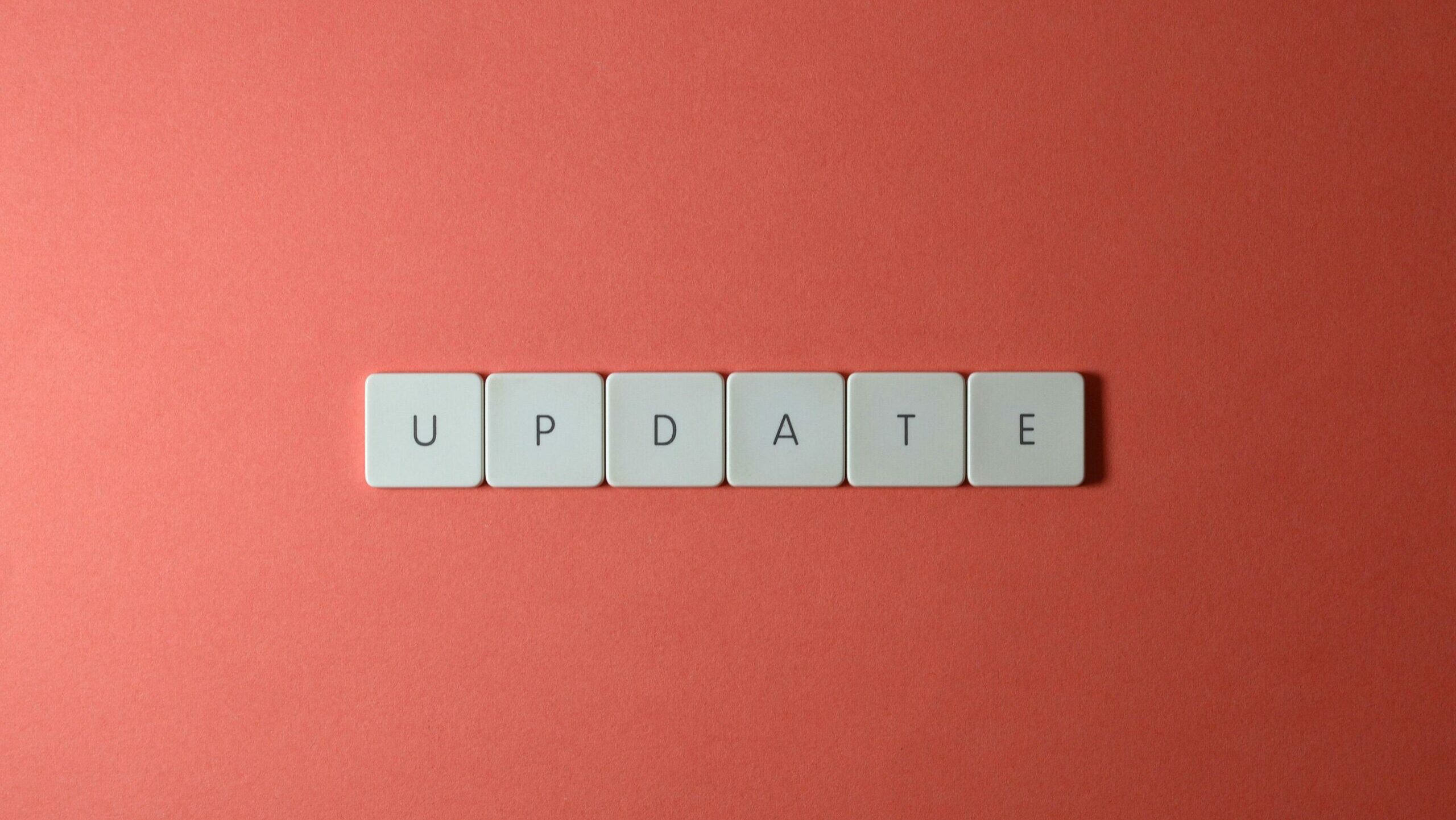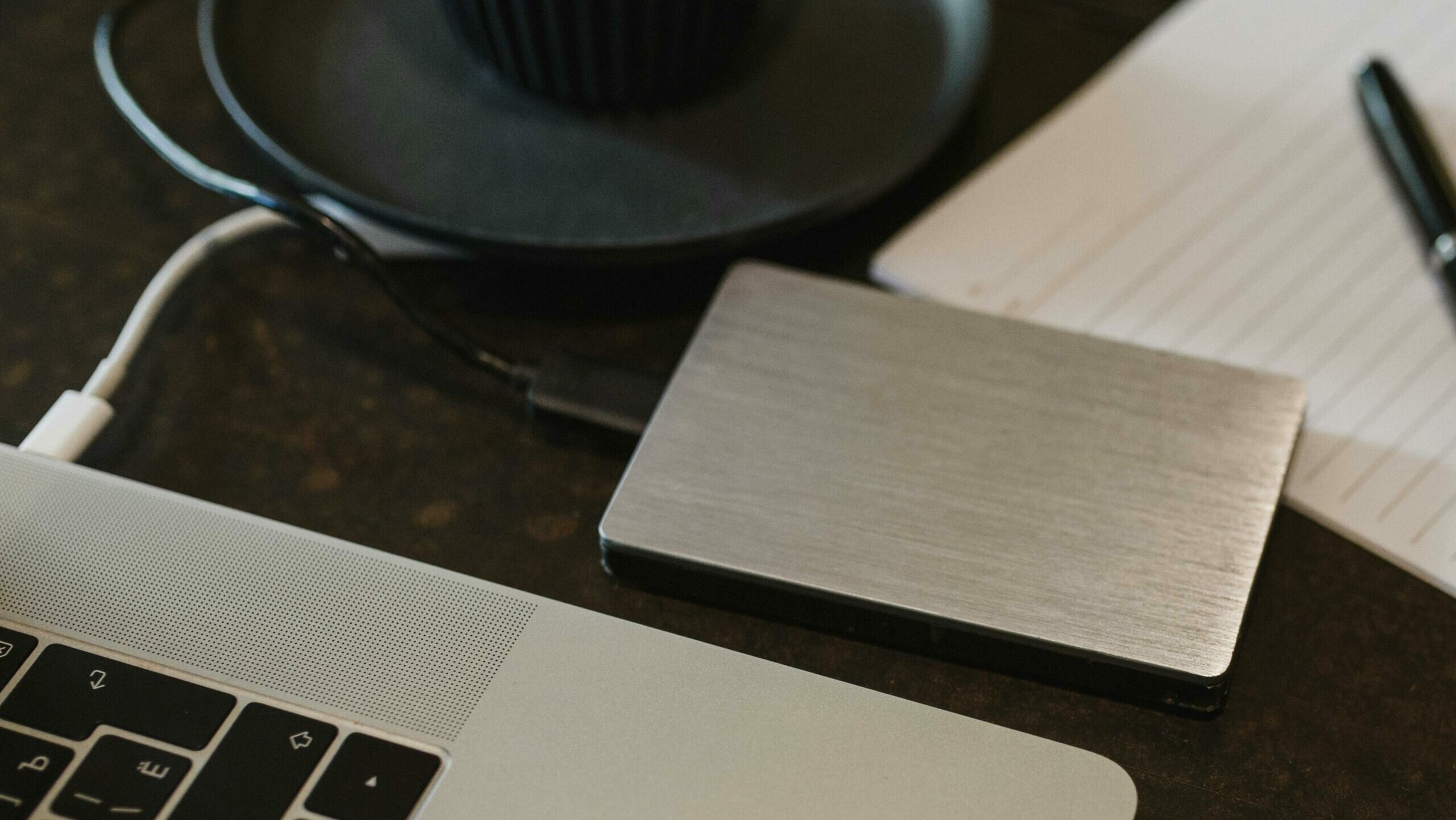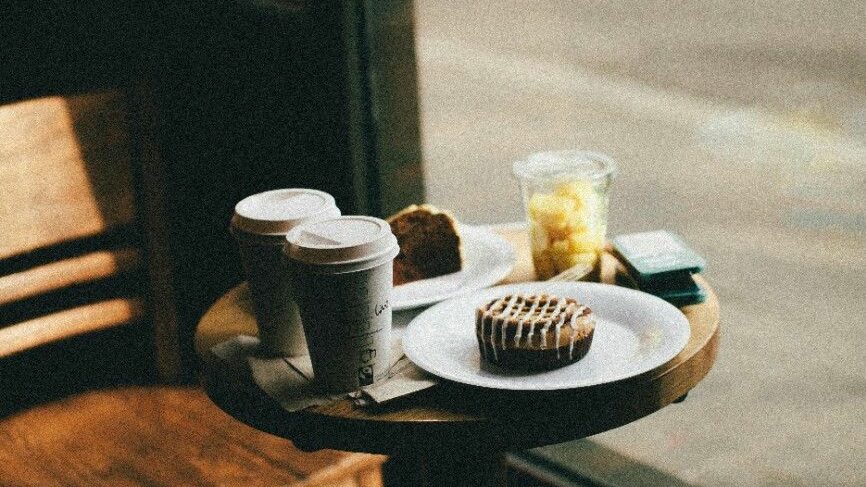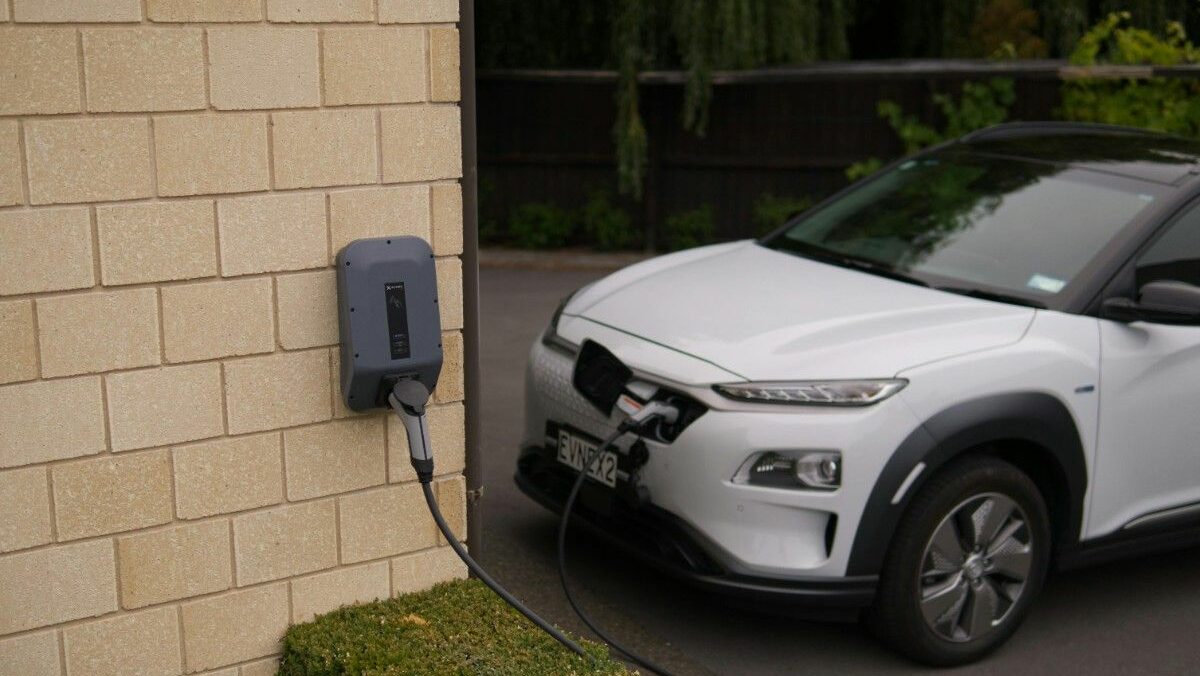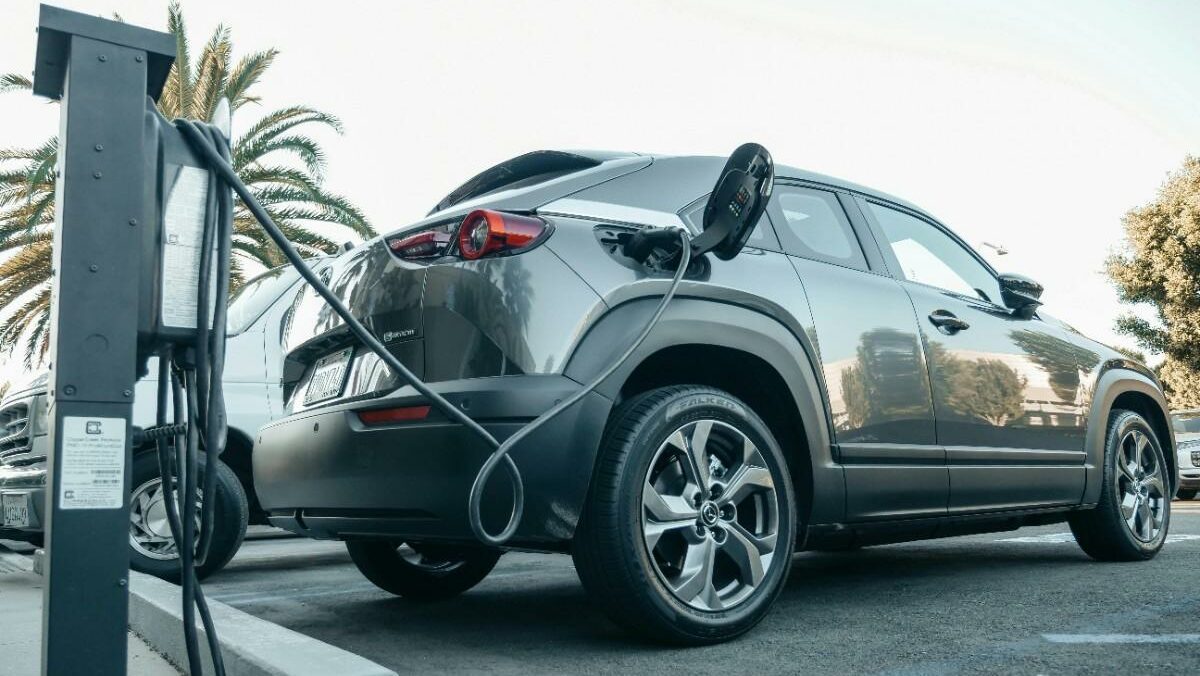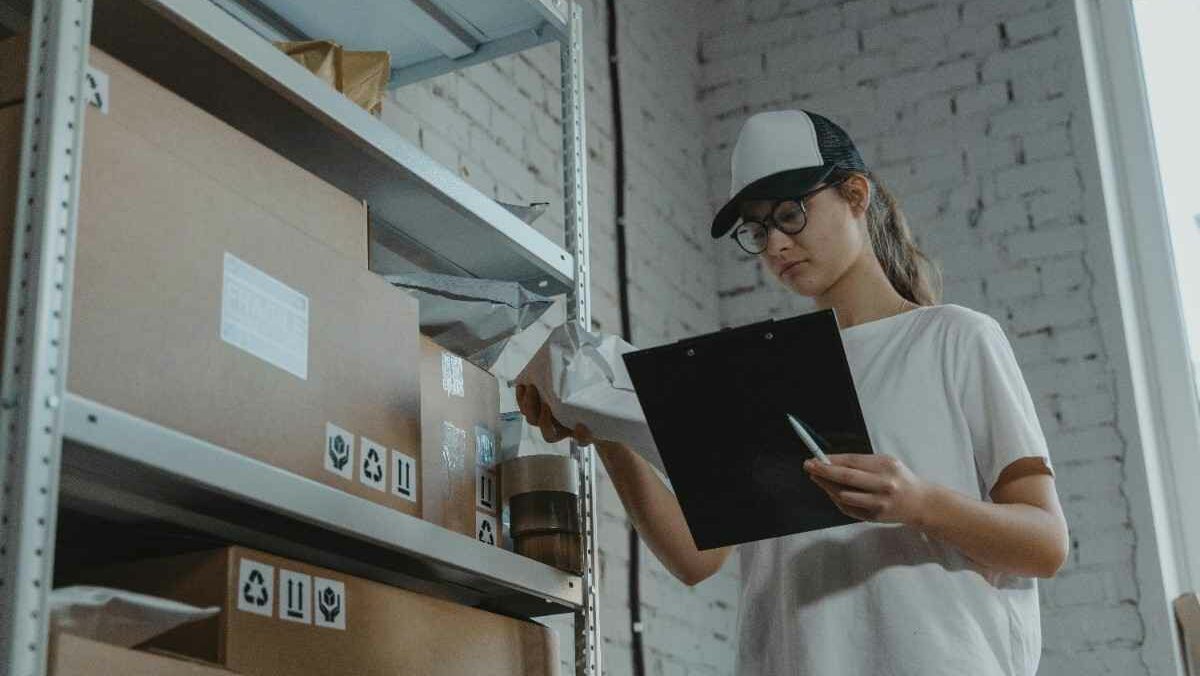The Joy of Less: A Realist’s Guide to Creating a Minimalist Home
I used to think minimalism was for people with Instagram-perfect lives—until I realized my cluttered apartment was costing me more than just space. It was draining my energy, my time, and, let’s be honest, my sanity.
Turns out, you don’t have to live in an all-white, furniture-less void to embrace minimalism. The real magic happens when you strip away the excess and keep only what truly adds value to your life. Here’s how to declutter without losing your personality (or your mind).
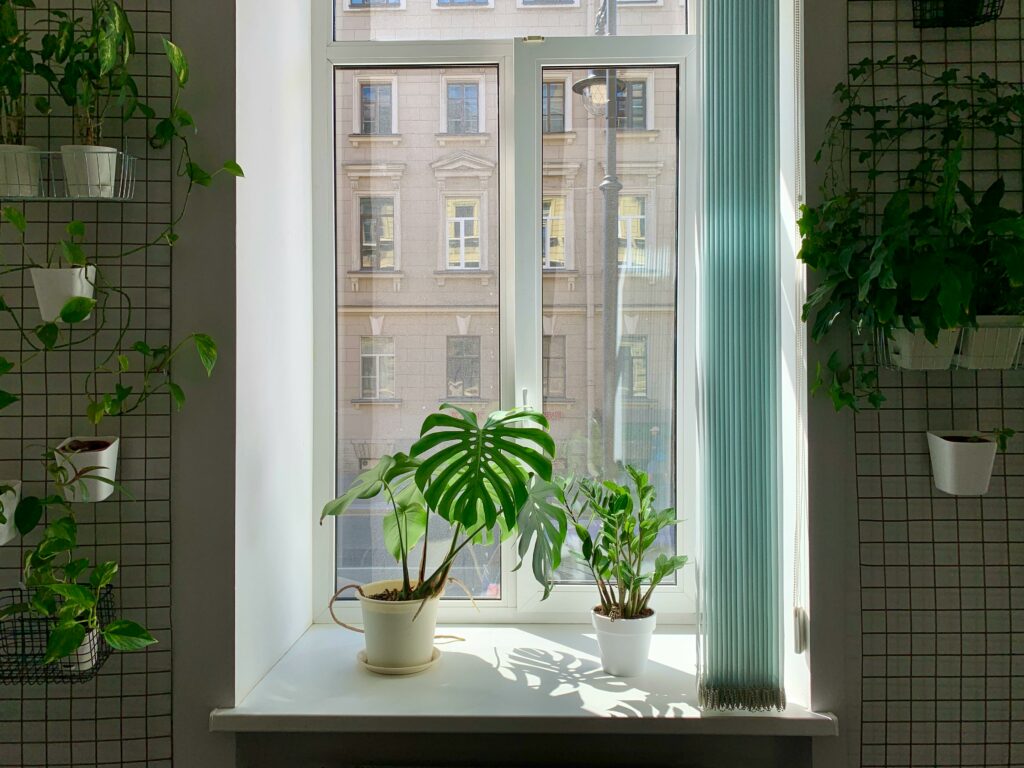
Why Less Really Is More
We’ve been sold the idea that more stuff equals more happiness. But walk into a home where every surface is covered in knickknacks, and you’ll feel the weight of it all—even if it’s not yours. Studies show that clutter increases stress and makes it harder to focus. On the flip side, minimalist spaces feel calmer, cleaner, and oddly freeing.
The goal isn’t emptiness—it’s intentionality. A minimalist home has:
Only what you use or love (no guilt-keeping “just in case” items). Easy-to-maintain surfaces (goodbye, dust-collecting decor). Breathing room (because life feels better with space to think)
Where to Start (Without Overwhelm)
The “Why” Before the “How”
Before you toss a single thing, ask: What do I want my home to feel like? Peaceful? Functional? Creative? Should every item have a purpose, or just spark joy? Your answer will guide what stays and what goes.
For every new item that enters your home, let one go. This isn’t about deprivation—it’s about balance. Bought a new sweater? Donate an old one. It keeps clutter from creeping back in.
The “Maybe” Box Trick
Struggling to part with things? Put them in a box with a date 3 months from now. If you haven’t needed anything in it by then, donate it unopened. (Spoiler: You won’t miss it.)
Room-by-Room Decluttering Wins
Kitchen: Clear Counters = Clear Mind . Keep only daily-use appliances on display (toaster, coffee maker).
Store the rest (looking at you, panini press used twice a year). Use drawer dividers so utensils don’t become a jumbled mess. Living Room: Fight the “Stuff Magnet” Effect.
Limit decor to a few meaningful pieces (not 20 framed photos). Opt for hidden storage (ottomans with compartments, sleek media consoles). Corral remotes, chargers, and random tech into one stylish tray.
Bedroom: Create a Sanctuary. Nightstands should have just 3 things: lamp, book, water glass. Store off-season clothes out of sight (under-bed bins work wonders). Make your bed daily—it instantly makes the room feel put together.
Bathroom: The No-Junk Zone. Toss expired products (that half-used lotion from 2018 isn’t helping). Use vertical space: wall-mounted shelves or over-the-door organizers. Keep only one backup of essentials (no, you don’t need 12 travel shampoos).
Minimalism Myths to Ignore
“Minimalism means all-white everything.” Reality: Warm wood tones, plants, and textures make it inviting. You have to get rid of all your books/sentimental items.” Reality: Keep what you love—just display it thoughtfully, not everywhere. “It’s only for people who can afford expensive furniture.” Reality: It’s about editing, not buying new stuff. Start with what you have.
The Best Part? It Gets Easier
The first purge is the hardest. But once you experience the lightness of a decluttered space, you’ll naturally buy less and choose better.
Minimalism isn’t about perfection—it’s about freedom. Freedom from: Constant cleaning (less stuff = less to tidy). Decision fatigue (fewer choices = more mental space). The “I have nothing to wear” lie (a curated closet fixes this fast)
Your Challenge Today
Pick one drawer, shelf, or corner and ask of each item: Do I use this regularly? Does it make me happy? If it disappeared, would I replace it? Whatever doesn’t pass the test? Thank it, then let it go.
